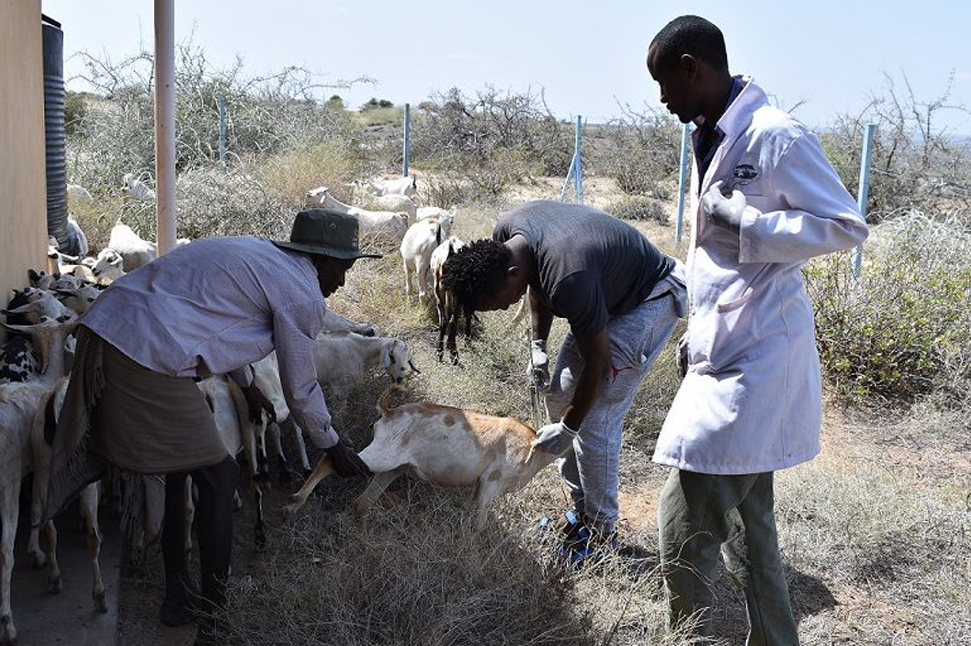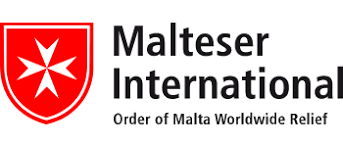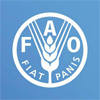GALLA GOAT BREED TO BOOST RESILIENCE

Local communities in northern Kenya are adapting to climate change through different approaches in order to mitigate its harmful effects demonstrated most visibly through frequent cycles of drought in East Africa. Along the border of Kenya and Ethiopia, communities of Dassanach are reshaping their adaptation strategy by embracing a unique breed of goats that is more resilient to the changing conditions.
The Galla goat, a strong breed of goat has a reputation for surviving droughts thanks to its higher resistance to opportunistic diseases that eliminate ordinary goats due to weakening body immune system. Compared to ordinary goats living among the Dassanach communities of Kenya and Ethiopia, the Galla breed boasts higher yield of milk.Pastoralist Community Initiative and Development Assistance (PACIDA) has partnered with Kenya and Ethiopia governments through the livestock departments and Social Development Coordinating Office (SDCO) to provide communities of Dassanaach with 198 Galla goats. The aim of the activity is to improve the quality of the East African breed through the introduction of the Galla goat improved breed.
The improved breed distribution drive was done to three groups of the Illeret community of Elbokoch self-help group, Tirga self-help group and Aryon self-help group and three groups from Omorate, Ethiopia namely Langay group, Fejej group and Ocholoch group. Each of the six groups received 33 goats, three bucks and thirty does.
Adapting to climate change
“This is a milestone in terms of boosting climate adaptation is concerned. Goats are highly valued among the communities living around the border. When droughts wipe out these animals, the communities are devastated. Therefore a resistant breed that produces higher yield of milk and has bigger body mass for meat production means once they propagate the whole community will begin to weather the drought crisis,” says Tarry Johnstone, Project Manager from PACIDA.
The distribution exercise involved joint vaccination and deworming drive between the Ethiopian and Kenyan livestock and veterinary department. The officials also certified the improved Galla goat breeding stock and advised beneficiaries on best ways to introduce the new improved breed into their indigenous East African breed.
“The Livestock Department will continue to provide support. We encourage you to call on us in case you need guidance,” said Mr. Tura from the Livestock Department of the Ministry of Agriculture.
“We urge the beneficiary groups to share the second offspring with the selected group in waiting so that the concept of continuous improvement and adaptation of the goat breed continues,” said Mr. Kemal from Ethiopia Livestock Department.
Going forward the groups will receive training on efficient management of the Galla goat, including exposure tours to visit communities that have had success with the goat variety and a joint inspection and treatment of the goats at the border village of Ado to be conducted by the government authorities from Kenya and Ethiopia.
For more information, write to: pacida@pacida.org
Partners






